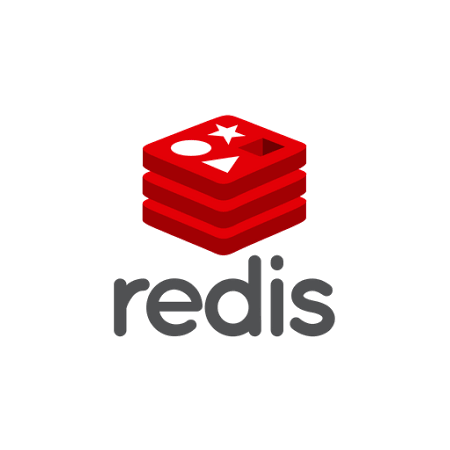Redis : A Comprehensive Guide

What is Redis?
Redis, short for Remote Dictionary Server, stands as a robust open-source in-memory data structure store. Essentially, it’s a NoSQL database designed to serve as a highly performant and versatile key-value store. Redis has earned its reputation for its fast speed and efficiency, primarily due to its in-memory architecture.
Key Positive Traits
Swift Access and Reduced I/O: Redis leverages RAM for data retrieval, a process significantly faster than fetching data from disk storage. Plus, with data already residing in RAM, the number of I/O operations is dramatically reduced.
Key Considerations
Limited Data Capacity: The primary drawback of in-memory storage is that it’s limited by the available RAM capacity.
Data Persistence: Redis, being in memory, loses all information after a restart. However, it does offer data persistence by periodically saving data to disk or using other backup mechanisms.
Dynamic Data: In-memory solutions excel when dealing with frequently accessed data. However, if your data undergoes frequent changes with a high volume of writes, Redis may not be the optimal choice, as keys will continually expire.
Ideal Use Cases: In-memory databases and data structures shine in applications requiring real-time processing, caching, analytics, and scenarios where rapid data access and response times are paramount. Redis emerges as a go-to solution for applications that demand real-time responsiveness and high-speed data access.
Conclusion
Redis is an extremely popular, fast, flexible in-memory database with lots of great data structures. These features make it one of the most versatile NoSQL databases, with a superset of features of other in-memory competitors.



